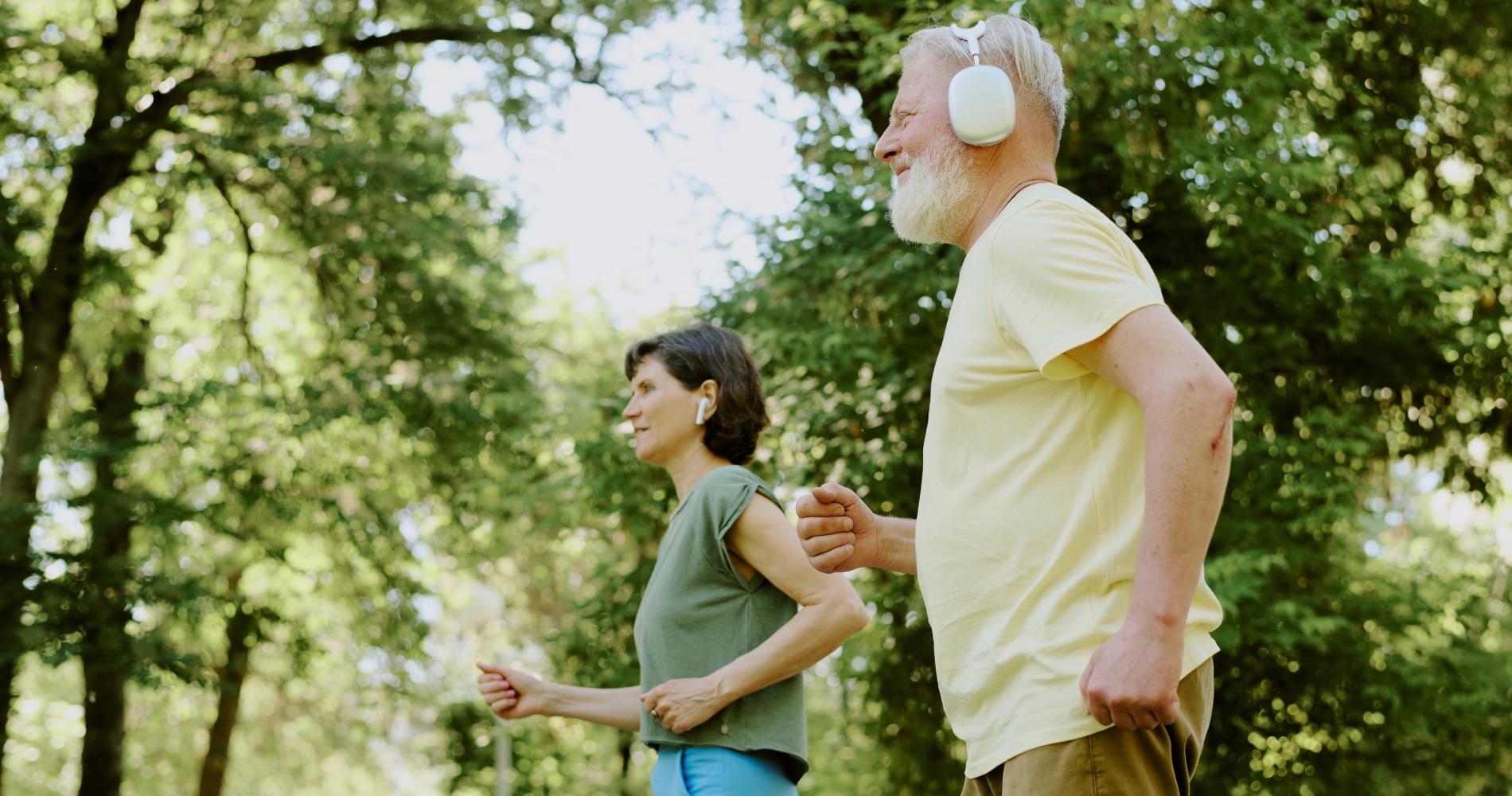Cardiovascular exercise is essential for seniors, improving heart health and reducing stress. Low-impact activities like walking, swimming, and dancing can help meet the recommended 150 minutes of exercise per week.
Continue readingSkin Care Tips for Seniors
As skin changes with age, seniors can maintain skin health by using sunscreen, moisturizing, and staying hydrated. Limiting sun exposure and consulting a healthcare provider for concerns like excessive bruising can also help.
Continue reading


